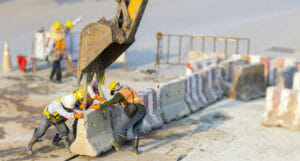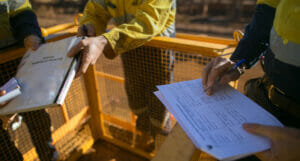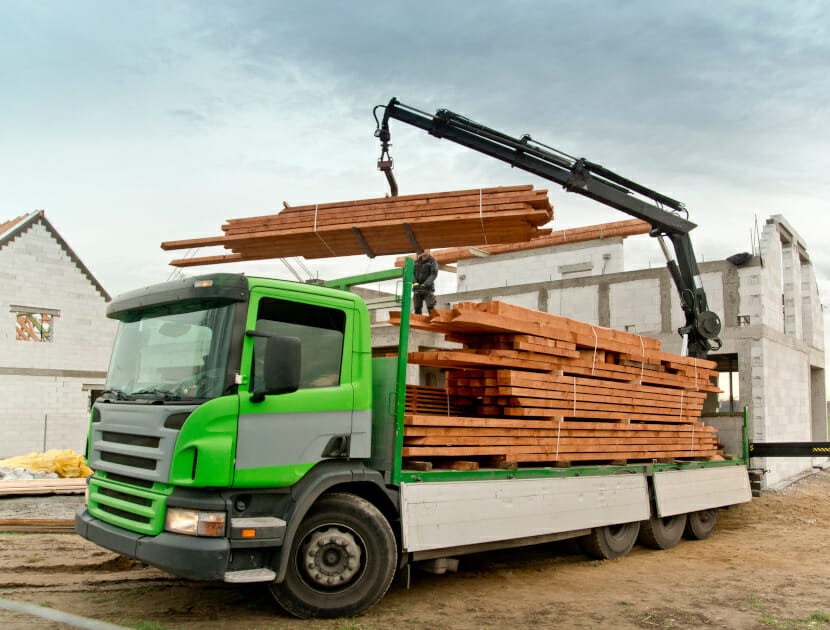Lifting Operations
Many lifting operations are completed on a daily basis without any incident. However, some incidents occur as a result of an unsuccessful lifting operation and the repercussions could involve personal injuries or fatalities, equipment damage (either the lifting equipment, what it was lifting, or both) or damage to buildings and infrastructure.
Numerous Regulations relate to lifting operations, including the Lifting Operations and Lifting Equipment Regulations 1998 (often referred to as ‘LOLER’). To assist with compliance with LOLER and other relevant Regulations, guidance has been published both by the Health and Safety Executive (HSE) and National Industry Bodies. Incidents are often a result of a failure to follow the requirements of the relevant Regulations or the recommendations outlined in guidance documents.
Often, there can be a number of possible causes, and several different companies involved (with different responsibilities and roles). Our experts are familiar with the relevant Regulations and guidance, and therefore, know how a lifting operation should be planned and undertaken. Further, we can assess the available evidence to advise what triggered the failure, and separate this from any subsequent damage.
WHY APPOINT A FORENSIC INVESTIGATOR?
- We have an in-depth knowledge of relevant Regulations and guidance and therefore, can review lift plans and relevant documents to identify any aspects that are incorrect or present a risk of failure.
- We can review equipment to ascertain whether it is adequate or if there is any suggestion of damage or degradation.
- We can review risk assessments and method statements (or other relevant documentation) relating to the way in which lifting operations are planned to be undertaken, and advise if the suggested process is suitable.
- We provide you with the answers you need to determine why an incident occurred and so assist in repudiation/cover decisions and fraud identification.
- Some failures can be very complicated and involve numerous aspects. We have many experts with varying expertise, and therefore, if required, we can provide assistance with many different technical aspects.
- We can inspect damaged or failed equipment either at the incident location, or arrange for transportation of the evidence to allow examination in numerous ways.
- We can arrange for specialist tests and examinations to be undertaken at the incident location.
- We support subrogation/recovery efforts.
- We help you to make decisions regarding where legal responsibilities/liabilities lie.
- We help you to defend wrongful claims.
- We produce reports suitable for Court and litigation.
- We provide consultancy advice to prevent a lifting operation from going wrong again.
- We can provide advice on alternative methods or equipment.
- We advise on maintenance, inspection and repair regimes.
- We can provide advice on the adequacy of training required for persons involved in lifting operations.
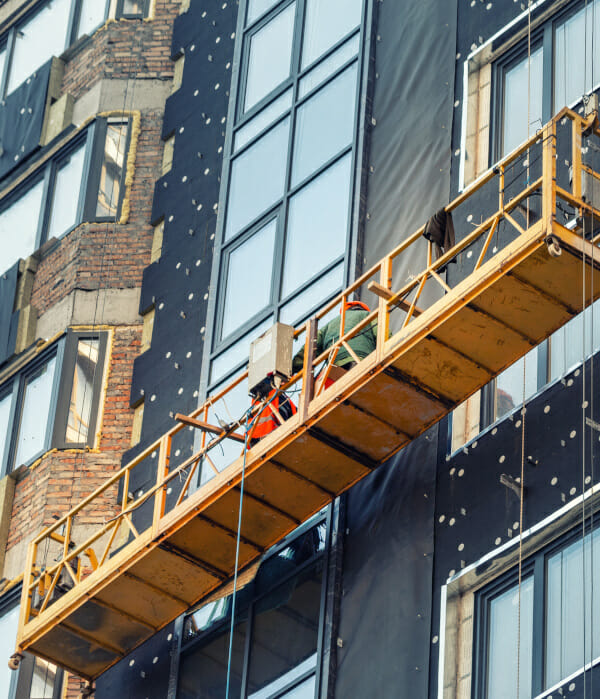
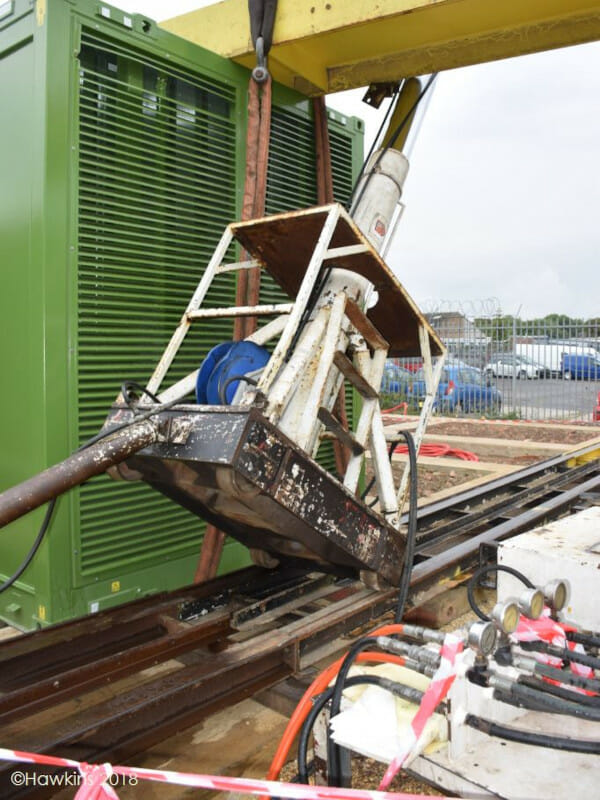

Examples of Typical cases
If you would like to know if we can help, please fill out our enquiry form or give us a call for a free consultation. The following list provides a few examples of cases that we have investigated:
- Personal injuries due to the trapping of limbs by items being lifted.
- Personal injuries due to unsafe working practices or communication breakdowns.
- Inherent design flaws in lifting systems.
- Material failures.
- The use of incorrect lifting equipment.
- A lack of inspection or maintenance.
- Building damage due to loads applied by lifting equipment.
- Crane overturns due to incorrect foundations or support conditions.
- Incidents caused by inclement weather conditions.
- Lifting equipment misuse, including the overriding of safety controls.
- Incidents involving the lifting of people.
- Incorrect assemblies or installation.
- Insufficient planning or deviations from the approved lifting plan.
HOW DOES HAWKINS INVESTIGATE LIFTING OPERATION INCIDENTS?
1
Consultation
We like to speak to you before we conduct any work, to establish how we can add any value to the case. These discussions help us to understand your requirements, as well as determining how much information is already available, including for example, service records, first-hand witness accounts, photographs, and videos. We are also happy to provide you with an estimate of the cost of conducting a forensic investigation.
2
Inspection
We can investigate incidents that have occurred relatively recently, or those that occurred some time ago. If required and with your agreement, we will arrange to visit the scene to inspect the equipment, extent of damage and incident location. Wherever possible, we will retain relevant evidence for examination in our laboratory, or arrange for removal and storage by specialists. If required, we can undertake or organise a range of tests at the incident location. Further, we can undertake tests and examinations in our laboratory, or arrange for reviews by specialists.
3
Conclusion
Once our investigation is complete, we will discuss our findings with you and prepare a report containing a detailed account of our investigation, conclusions, and where appropriate, further work or advice.
SPEAK TO ONE OF OUR EXPERTS
Related areas of expertise
Manual Handling
According to the HSE manual handling is defined as “transporting or supporting a load by hand or bodily force”. It is a common risk present in multiple industries and workplaces including constructions sites, warehouses, offices and carrying out deliveries. When manual handling accidents occur there can often be more than one contributory factor and potentially large amounts of compensation at stake.
Construction Injuries
Construction continues to be the most dangerous industry in the UK, with one worker being killed and 300 seriously injured on UK construction sites every week in 2020/21. This is despite concerted efforts to tighten regulations and increase punitive action.
Slips & Trips
slips, trips and falls are responsible for more workplace injuries than any other accident type, with tens of thousands of pedestrian falls reported to HSE in the UK each year.
Falls from Height
Data from the Health and Safety Executive shows that falls from height were responsible for approximately 25% of the work-related fatalities across 2020 and 2021, and that incidents involving falls from height were the most common cause of workplace fatalities.


